LOL Rankings: Overview of All Tiers
By Alex╺
- PS4
- PS5
- XBox One
- Series X
- PC
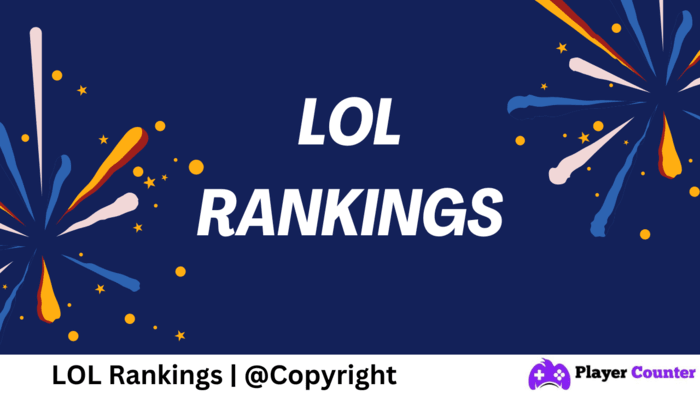
The matchmaking rating (MMR) is central to the League of Legends ranking system. It assesses your skill level using wins, losses, and performance, influencing your rank significantly.
First, let’s grasp the concept of MMR and its effect on the progress of LOL live players.
What does MMR stand for?
MMR (Matchmaking Rating) is crucial for calculating your League Points changes after each game. It reflects your skill level and affects matchmaking by matching you with players of similar MMR.
If your MMR is above average for your rank, you’ll earn more LP for wins and lose less for losses.
This indicates the system thinks you belong in a higher rank and aims to speed up your climb. Conversely, if your MMR lags behind your rank, wins yield fewer LP and losses deduct more. MMR aims to match your rank with your true skill level.
Gaining and Losing LP
Players earn or lose LP (League Points) based on their performance in Ranked matches. LP indicates progress in the ranked system. Winning grants LP, while losing deducts it.
The amount of LP gained or lost varies depending on factors like opponent and teammate skill levels, and individual performance. Winning against higher-ranked or higher-MMR players yields more League Points.
Placement Matches
When beginning ranked play, you must first complete your placement matches. These matches decide your starting rank and division.
Placement matches consider various factors, including win-loss ratio and individual performance. Even if you don’t win all matches, strong individual performances can improve your chance of a higher rank.
Moving Up and Down Divisions
League Points show your progress and decide if you can move up or down between divisions within a tier. Each tier, up to Diamond, has four divisions.
To move up a division within a tier (for example, from Silver III to Silver II), players need to reach 100 LP and then win two out of three games in their promotional series. Succeeding will advance them to the next division.
Conversely, if LP falls too low within a division and reaches zero, players enter a “demotion series” where winning two out of three games is required to avoid being demoted to the previous division.
League of Legends Ranks Explained (List of Ranks and Descriptions)
The ranking system begins with Iron, then progresses through Bronze, Silver, Gold, Platinum, Emerald, Diamond, Master, Grandmaster, and ultimately Challenger.
Let’s see what LOL live players in each rank typically do and how to win games consistently.
Iron:
- Players lack skill in the game.
- Focus on basic skills like farming, moving, and placing wards.
- Choose simple champions like strong fighters.
- Don’t always stay together, concentrate on dividing up tasks.
- Conquering key map targets like Dragons, Rift Heralds, and Barons is essential in League of Legends. These goals grant powerful advantages, tipping the scales in your team’s favor.
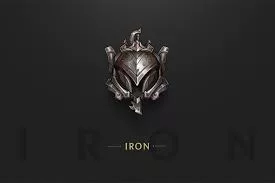
Bronze:
- Mechanics get a bit better.
- Focus on learning well and capitalizing on enemy errors.
- Keep splitting and avoiding big fights.
- Stay with simple champions.
- Take objectives confidently, assuming the enemy won’t contest.
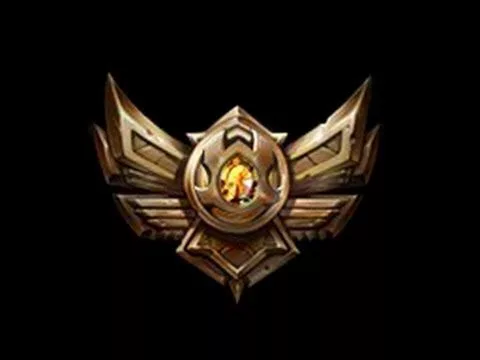
Silver:
- Players are improving but need better awareness of the map.
- Team fights happen more often, but splitting is still good.
- Work on personal skills to win.
- Stick with easy champions.
- Keep taking objectives assuming the enemy isn’t paying attention.

Gold:
- Macro and wave control get better.
- Players have clearer playstyles and preferences.
- Help teammates with utility or engaging champions.
- Stick to straightforward picks.
- Adjust to different skill levels in Gold.
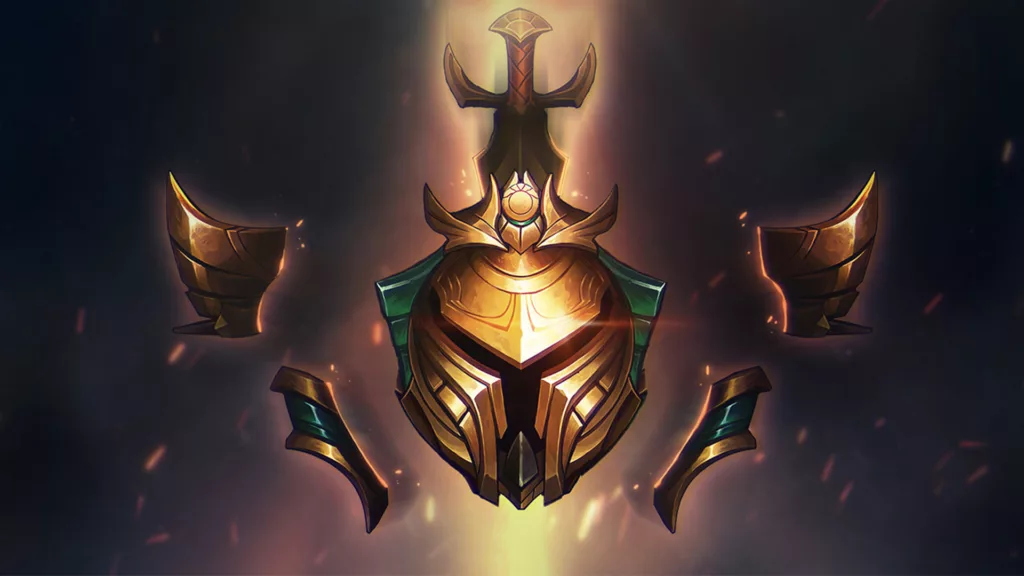
Platinum:
- Players are generally better than in Gold in every way.
- Mechanics, macro, and basics are sharper.
- Concentrate on enhancing game knowledge and skills.
- Play more and improve mechanics to progress.
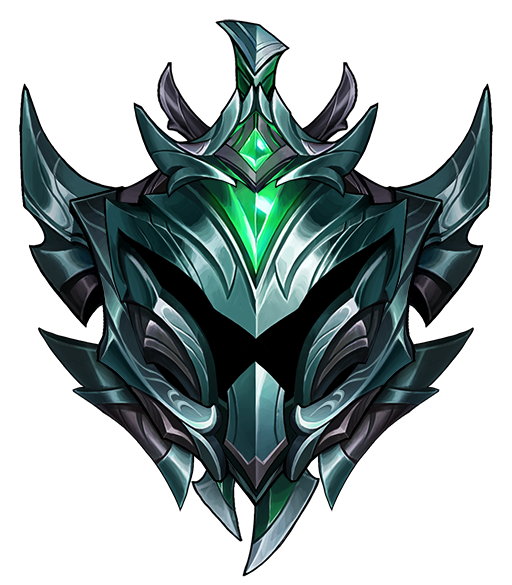
Diamond:
- High skill in mechanics and game understanding.
- Teamwork and talking are vital.
- Work with teammates for invasions, tower dives, and control objectives.
- Outsmart opponents with coordinated map movements.
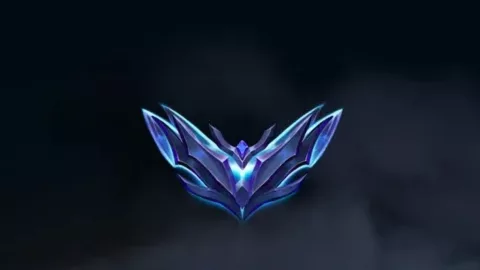
Master and beyond:
- Mechanics match those of professional players.
- Having strong mental resilience is essential.
- Combat negativity and frustration for improved play.
- Strive to win every game and avoid surrendering early.
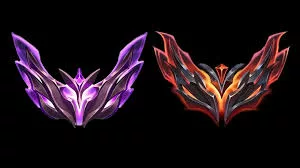
Distribution of Players in Ranks
Player distribution in LoL ranks forms a bell curve pattern, similar to many other competitive games. This means there are fewer players in the extreme ranks (Iron and Challenger) and more in the middle ranks (Bronze, Silver, Gold, Platinum).
| Rank | Player Distribution |
| Iron | 7.8% |
| Bronze | 18.95% |
| Silver | 21% |
| Gold | 22% |
| Platinum | 16% |
| Emerald | 11% |
| Diamond | 2.7% |
| Master | 0.46% |
| Grand Master | 0.06% |
| Challenger | 0.03% |
Most LoL players are in the lower ranks, typically Bronze to Gold.
It’s worth mentioning that player distribution may differ based on region and game mode.
Restrictions in Ranked Queues
Before teaming up with friends, ensure you’re not under any restrictions!
Duo Queue
The following image displays which tiers can partner up for duos:
Restrictions in Flex Queue
In Flex Queue’s higher tiers, specific restrictions come into play:
Rank Decay
Rank decay is a feature in the ranking system for Diamond IV and higher. It encourages active play to maintain rank.
Once a player reaches Diamond IV or higher but stops playing ranked games, decay begins. LP decreases gradually until they resume playing or drop out of Diamond IV.
The purpose of decay is to keep top ranks occupied by active players. This prevents inactive players from blocking others’ progress.
AFKs and Remakes
In League of Legends, encountering teammates who disconnect or go AFK (Away From Keyboard) can significantly hinder your team’s path to victory.
To address this issue, Riot Games has introduced penalties for players who intentionally go AFK or leave matches early.
They’ve also added the Remake system, which allows you to exit a game without losing LP or MMR if a teammate is AFK and you type /Remake within the first 3 minutes of the match.
We hope our guide has been helpful in your journey up the ranks.
